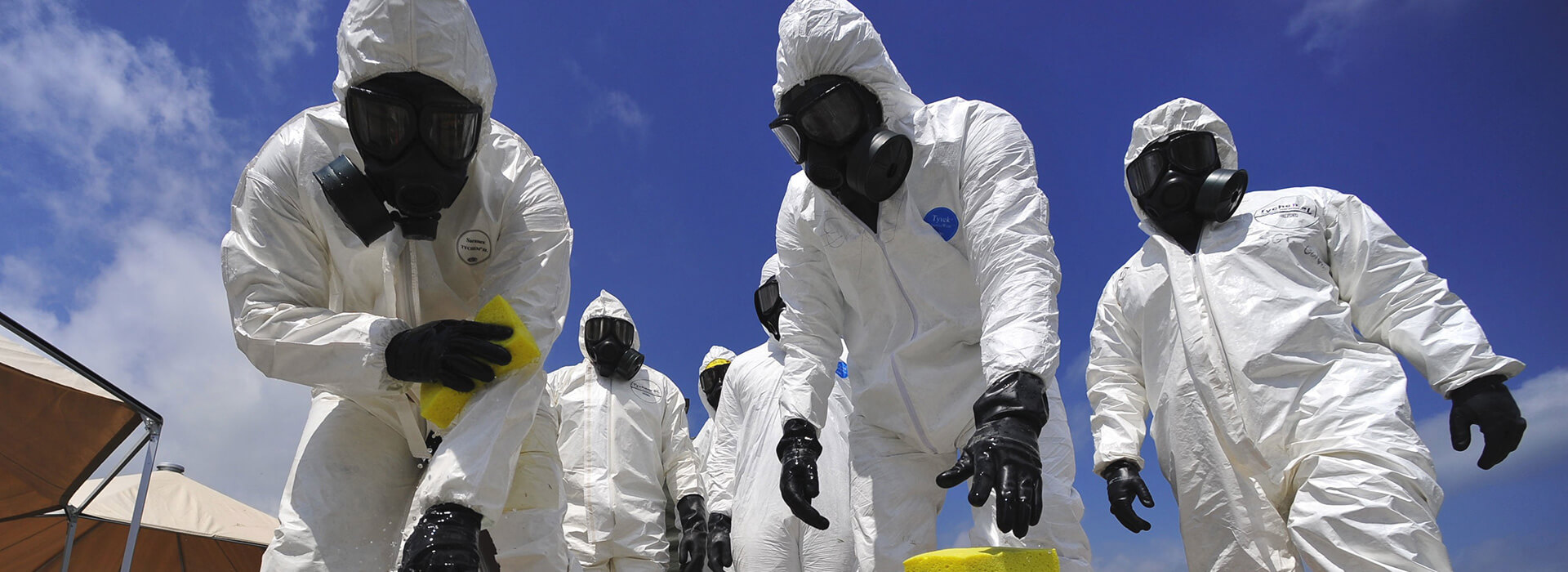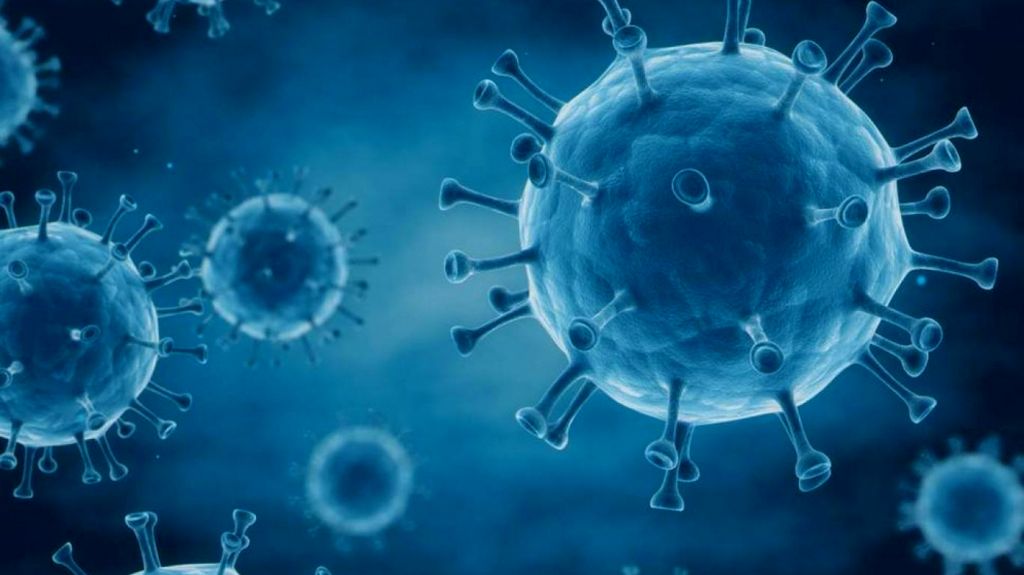

Spunbond fabric manufacturing techniques and complex spunbond processes involve many operating variables such as polymer yield, polymer and mold temperatures, quenching environment, bonding conditions and material variables such as polymer type and molecular weight distribution. All of these variables affect fiber diameter, fiber structure and web placement. Therefore, physical and tensile performance properties of spunbonded fabrics such as strength, chemical and thermal resistance are controlled by the properties of the polymer systems used. The structure and properties of the finished fabric are determined by the polymer and processing conditions.

The web is formed by pneumatically depositing filament bundles on a moving belt. The weight of the fabric is determined by the ratio of fiber formation to belt speed. In order for the web to achieve maximum uniformity and cover the individual filaments, it must be separated before entering the belt. An electrostatic charge or mechanical or aerodynamic forces are used to separate the filaments.
Chemical materials and mechanical and thermal bonding methods are used to ensure bonding. The most widely used method is thermal bonding, which uses both temperature and pressure to affect fiber-to-fiber fusion. In order to achieve optimum grip in the final fabric, the surface temperature must be selected appropriately. Strength and elongation increase with bonding temperature and decrease after an optimum value. Excessive heat causes excessive bonding and affects material properties. Optimum temperature depends on fiber morphology and fabric structure.
Spunbond fabrics are strong while meltblown fabrics are weak, but have very good filtration properties. Many applications try to balance these features. As a result, spunbond and meltblown composite structures are more preferred. These are popularly known as spunbond + meltblown + spunbond structures (SMS). In this application, the meltblown layer is compacted between two spunbond layers and strong fabrics with good barrier properties are obtained.
Personal protective equipment is critical to protecting healthcare workers from a variety of antiviral activities and infectious diseases. To protect workers against viruses and bacteria, researchers examine state-of-the-art antimicrobial functional surfaces on woven and non-woven fabrics and focus on protective medical fabric manufacturing techniques and the environmental impact of disposable synthetic fibers.
Our organization provides antiviral activity test services within the scope of spunbond fabric testing services to demanding healthcare organizations and manufacturers, within the framework of national and international standards, with a trained and expert staff and advanced technological equipment, among numerous testing, measurement, analysis and evaluation studies.
To get an appointment, to get more detailed information or to request an evaluation, you can ask us to fill in our form and reach you.